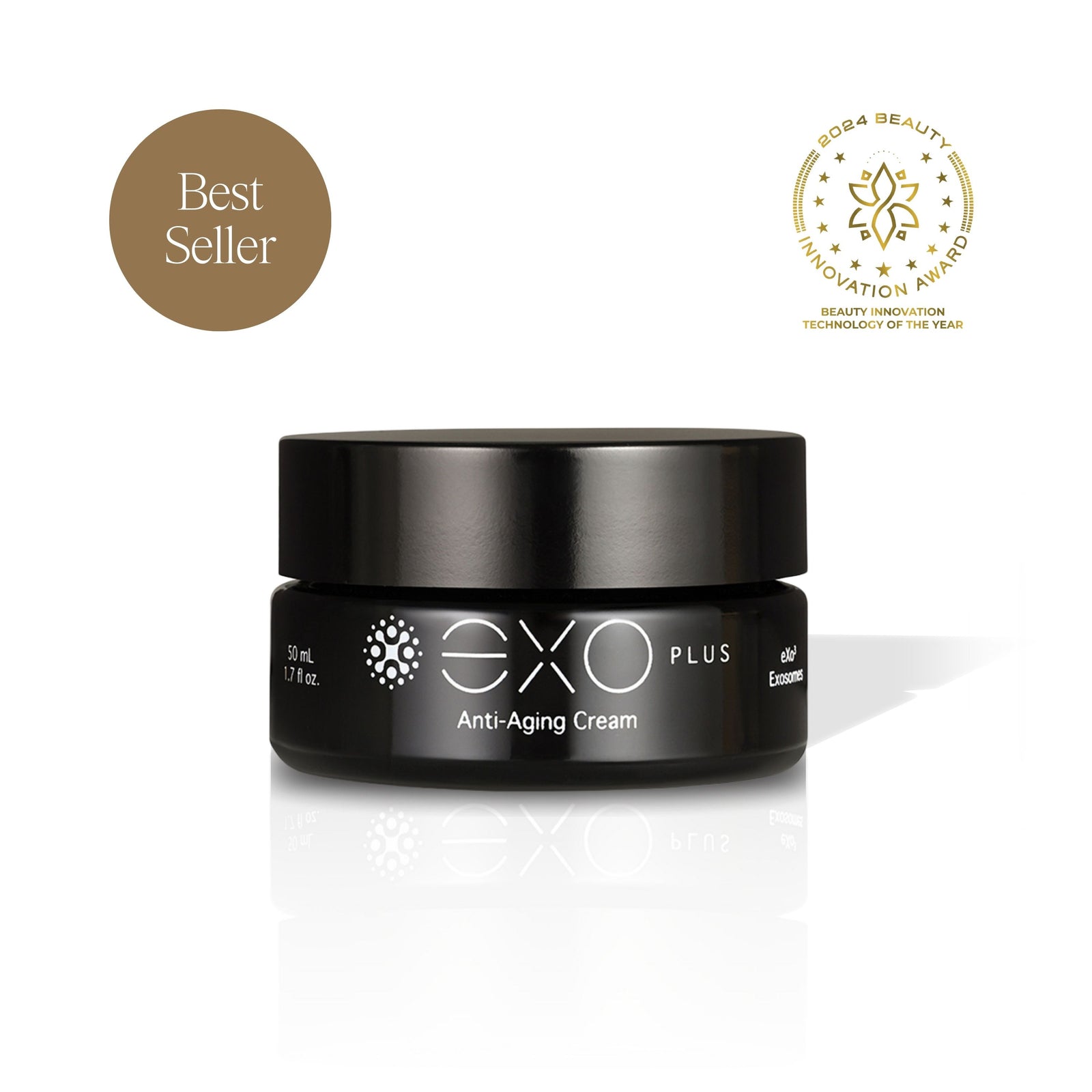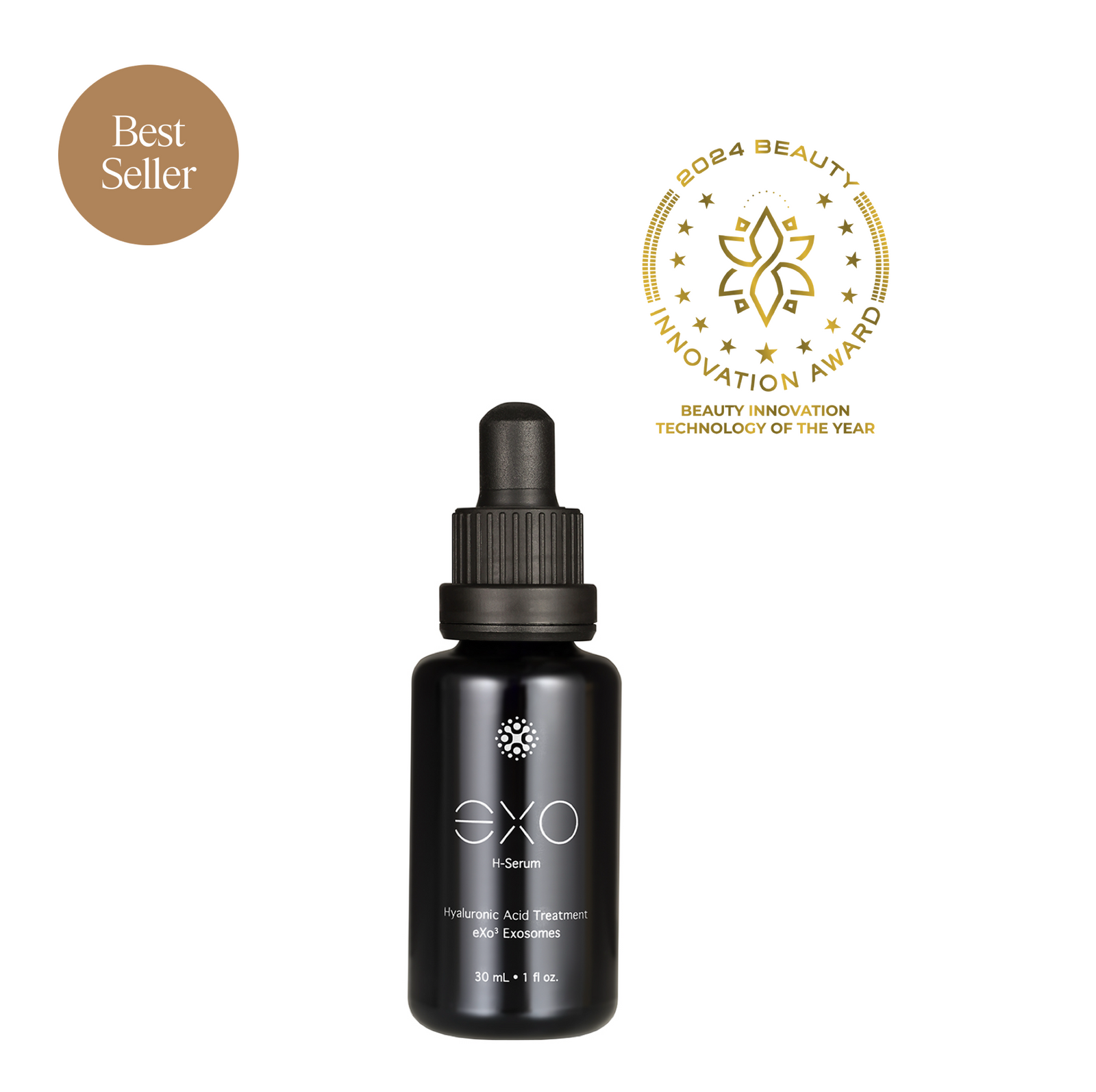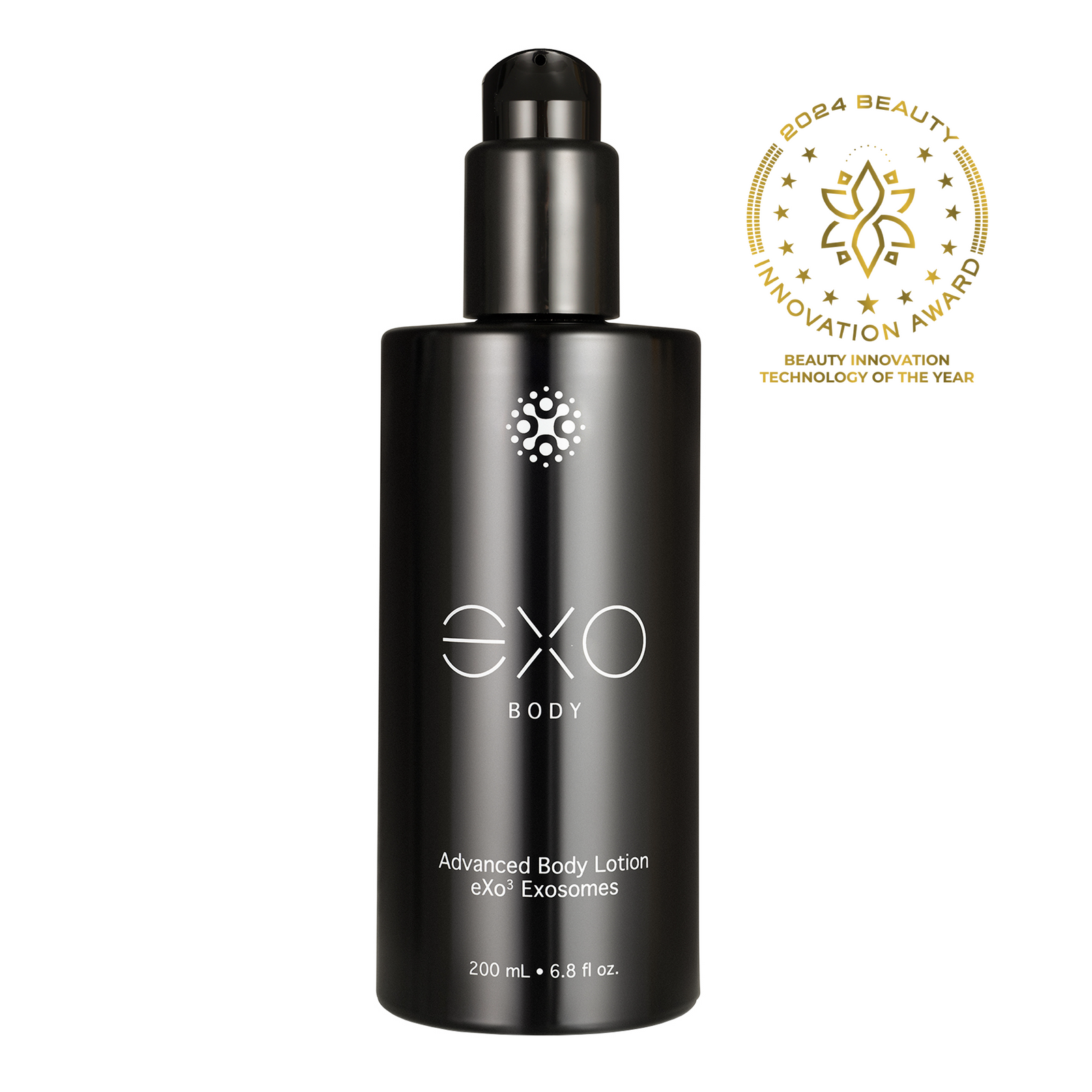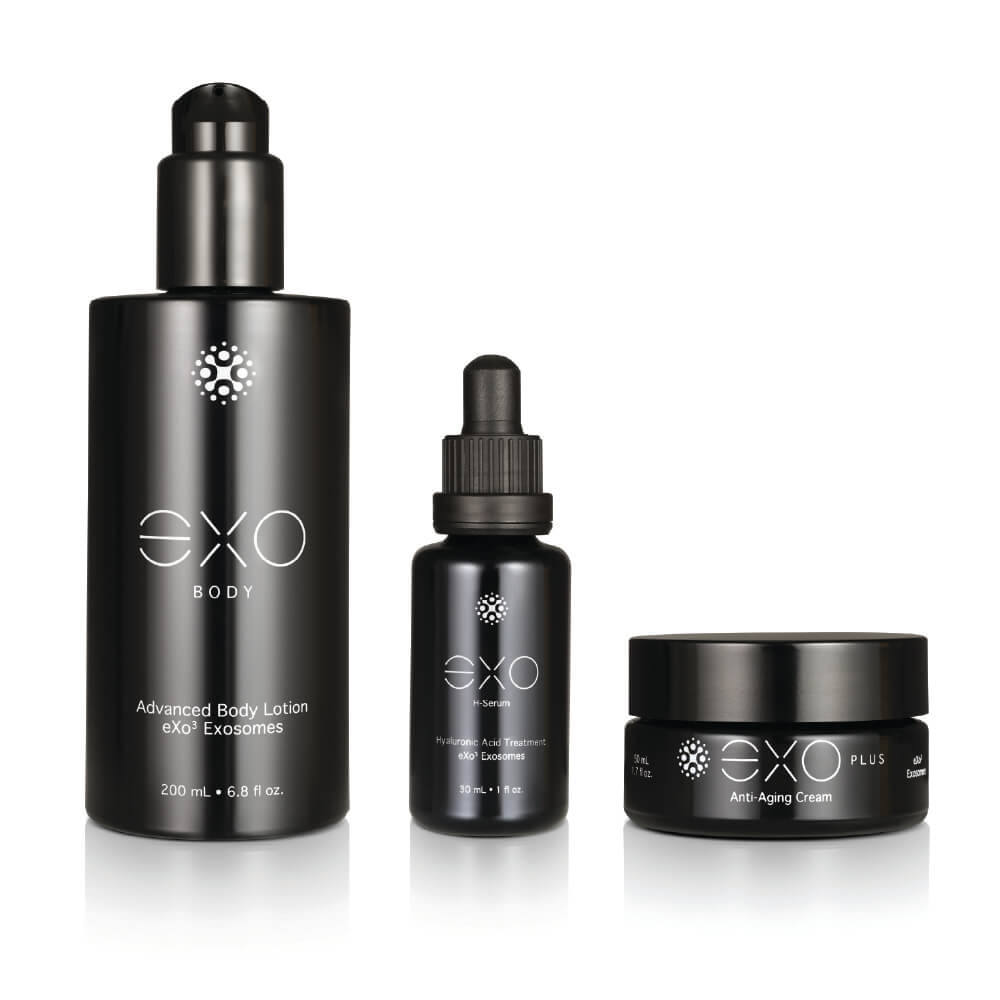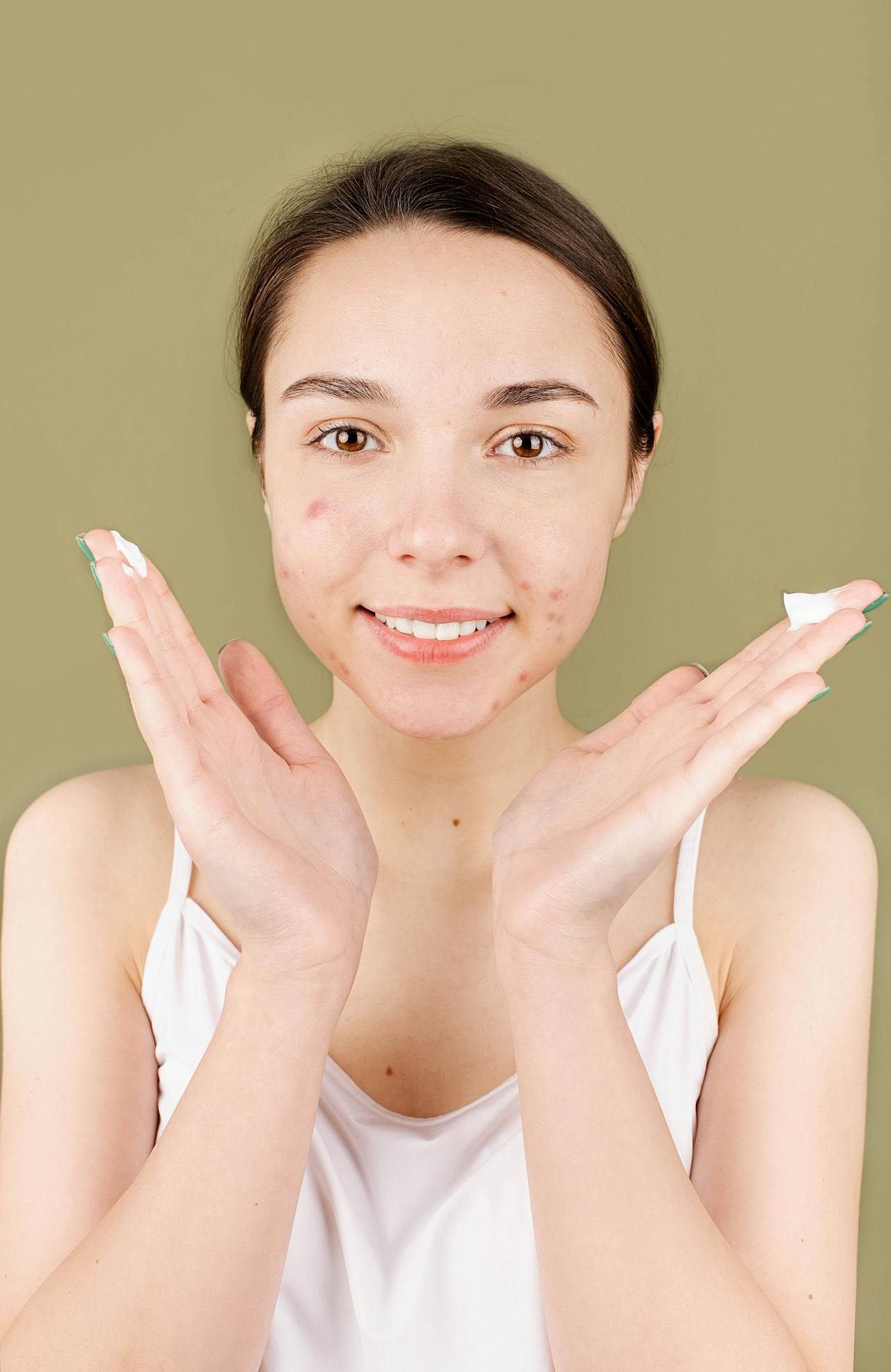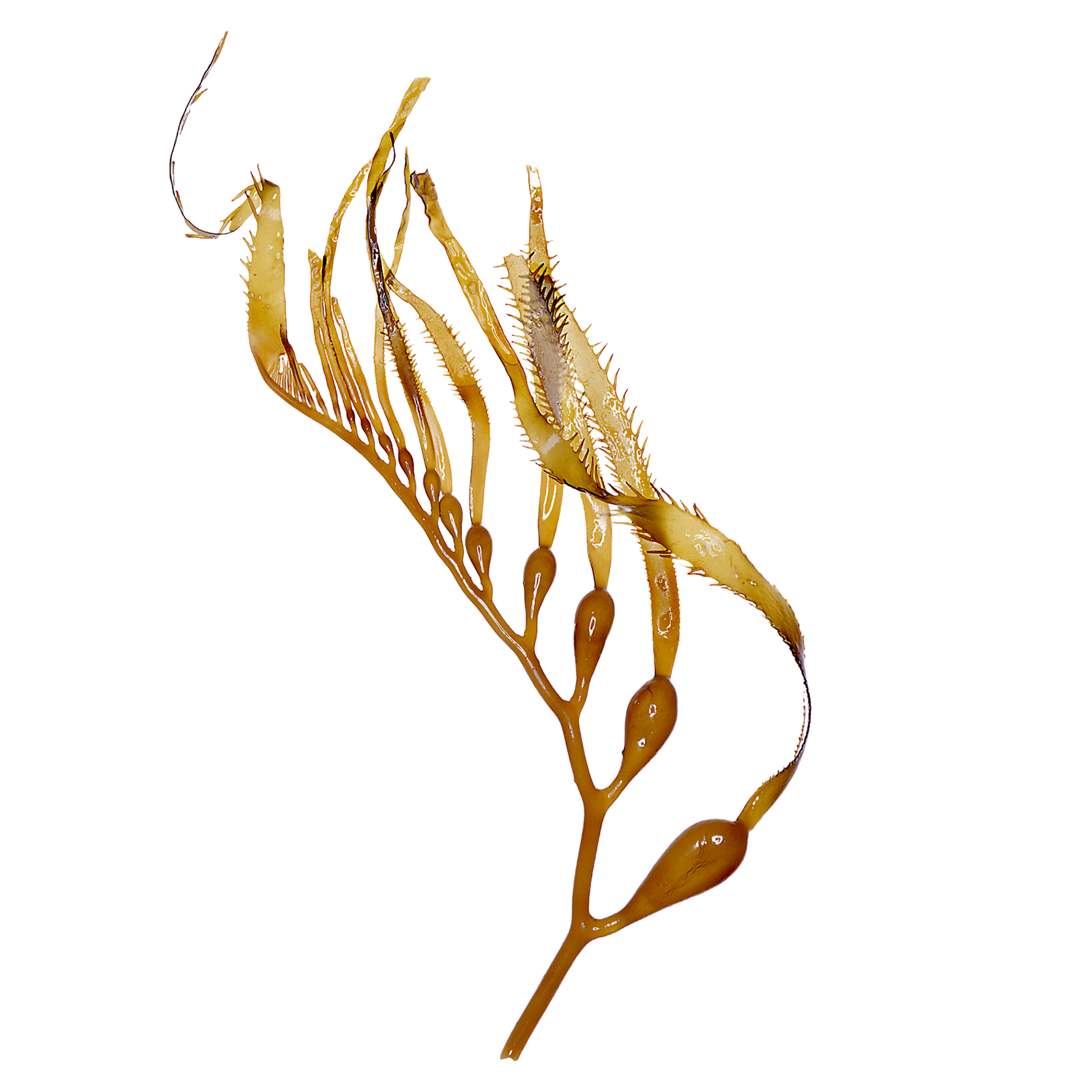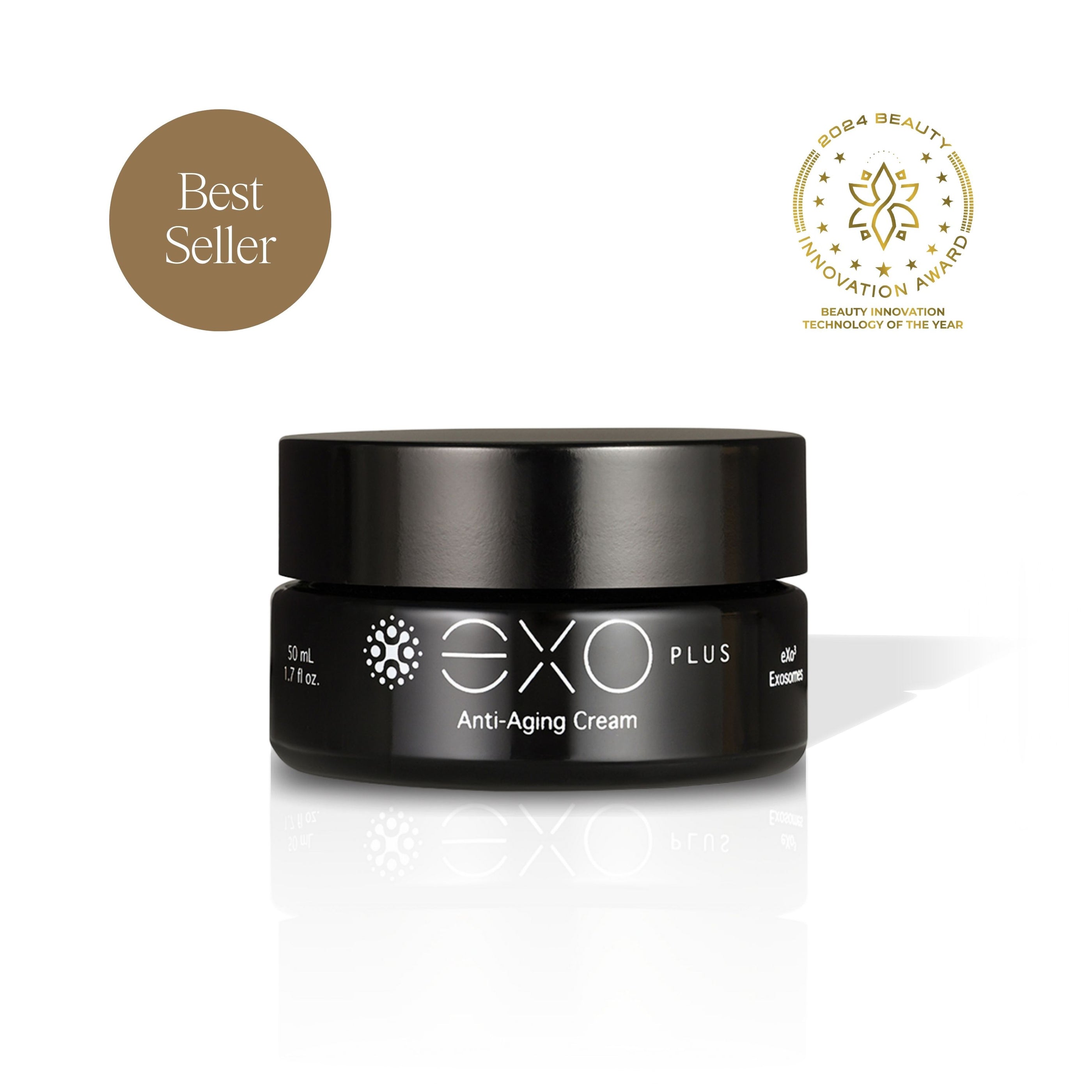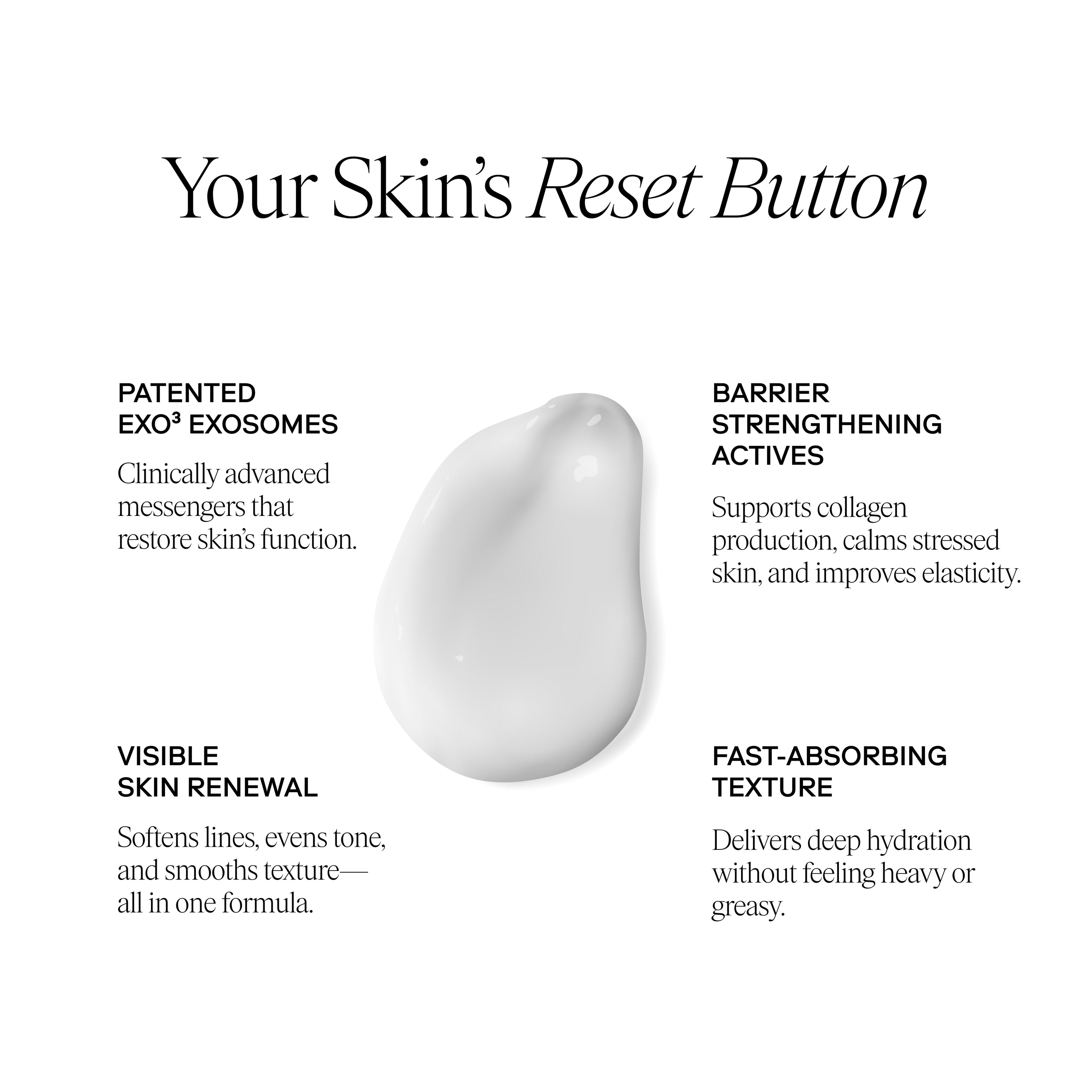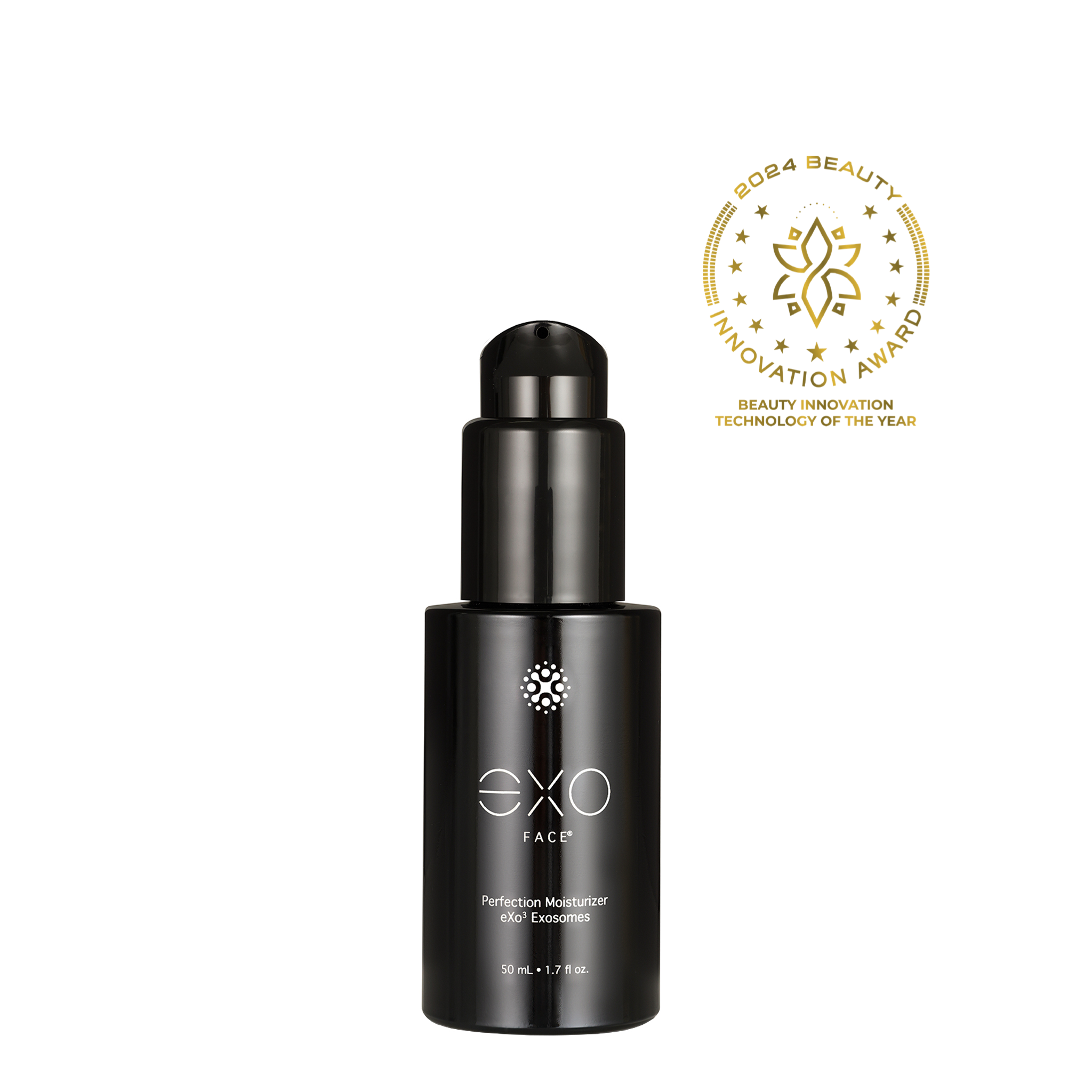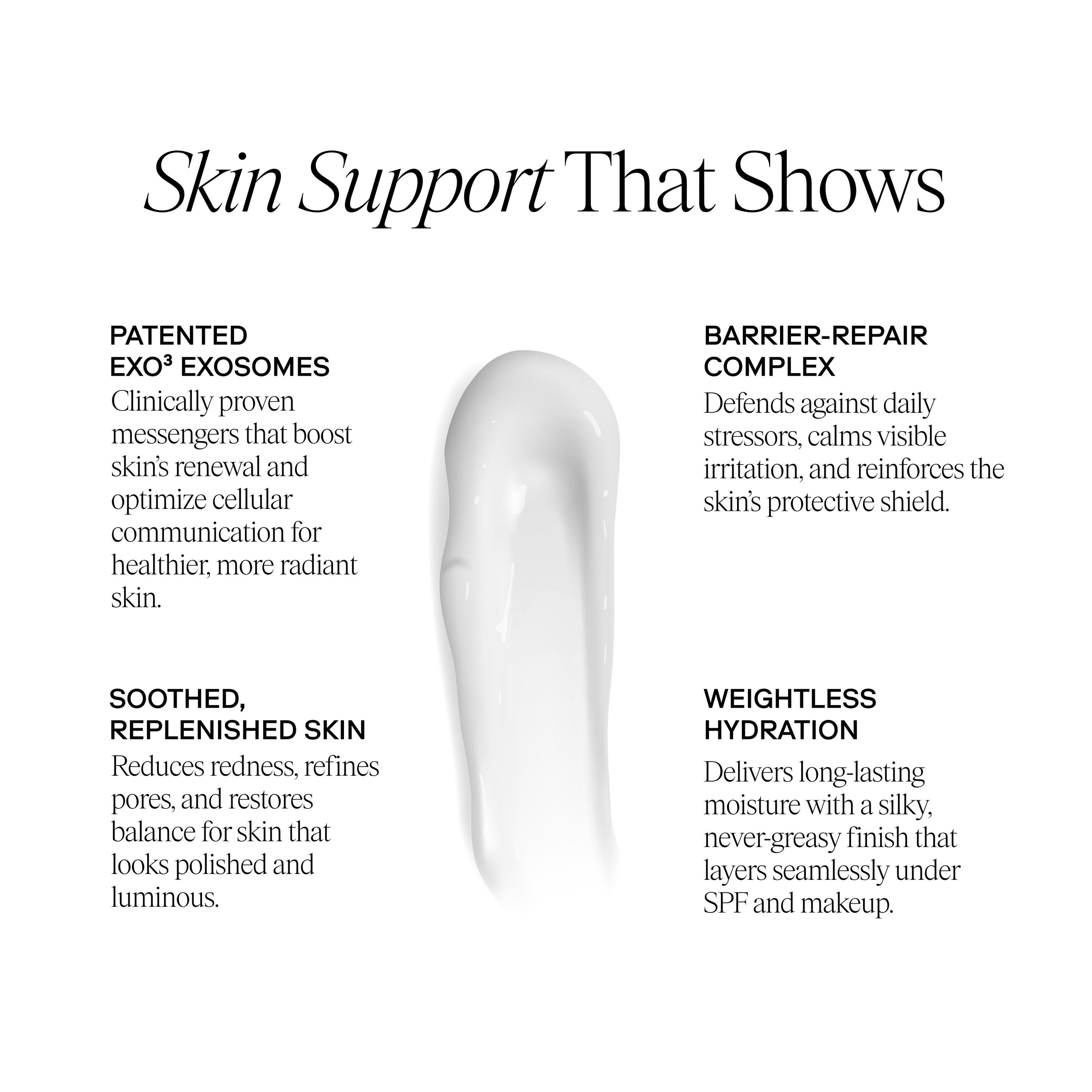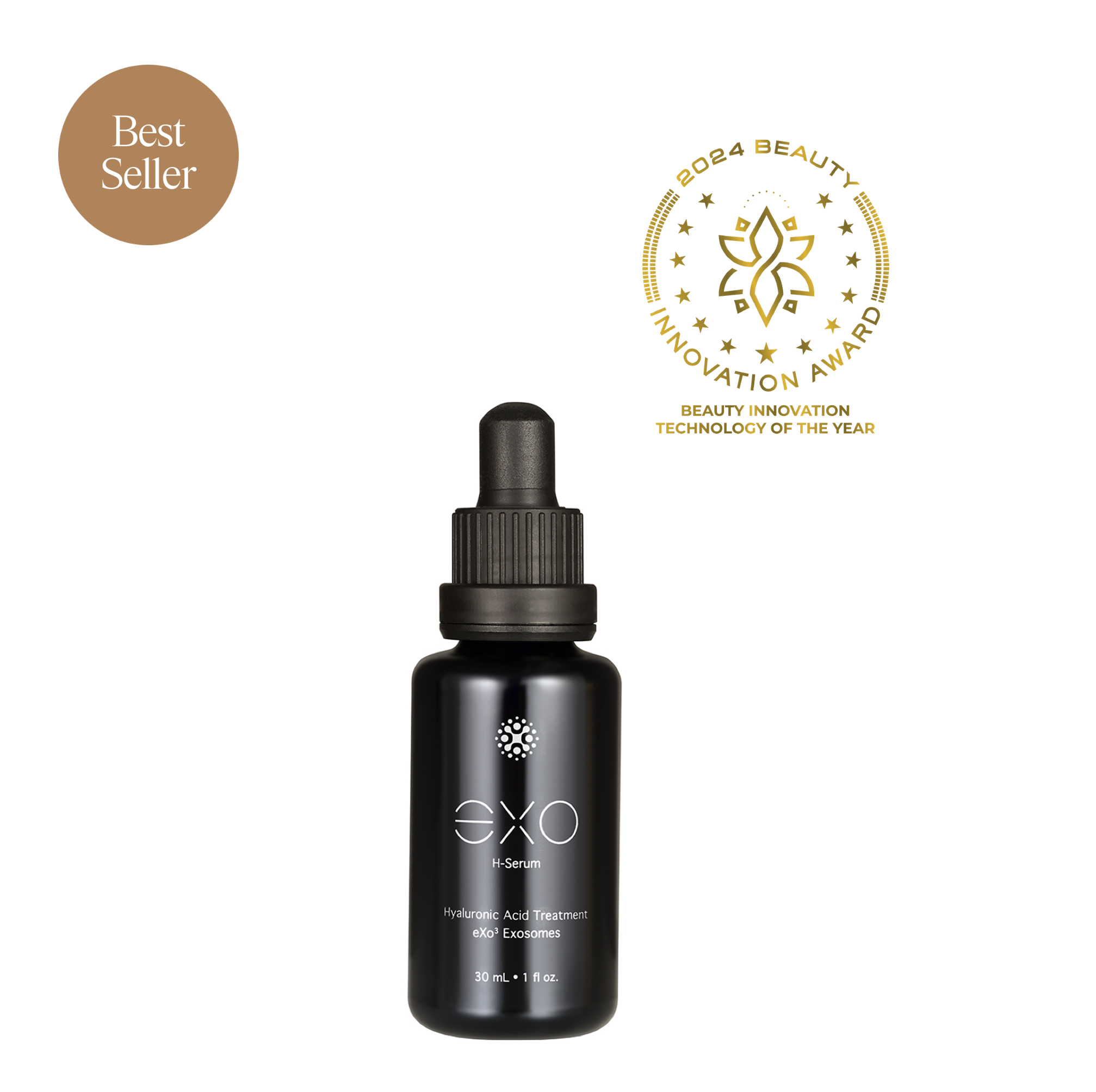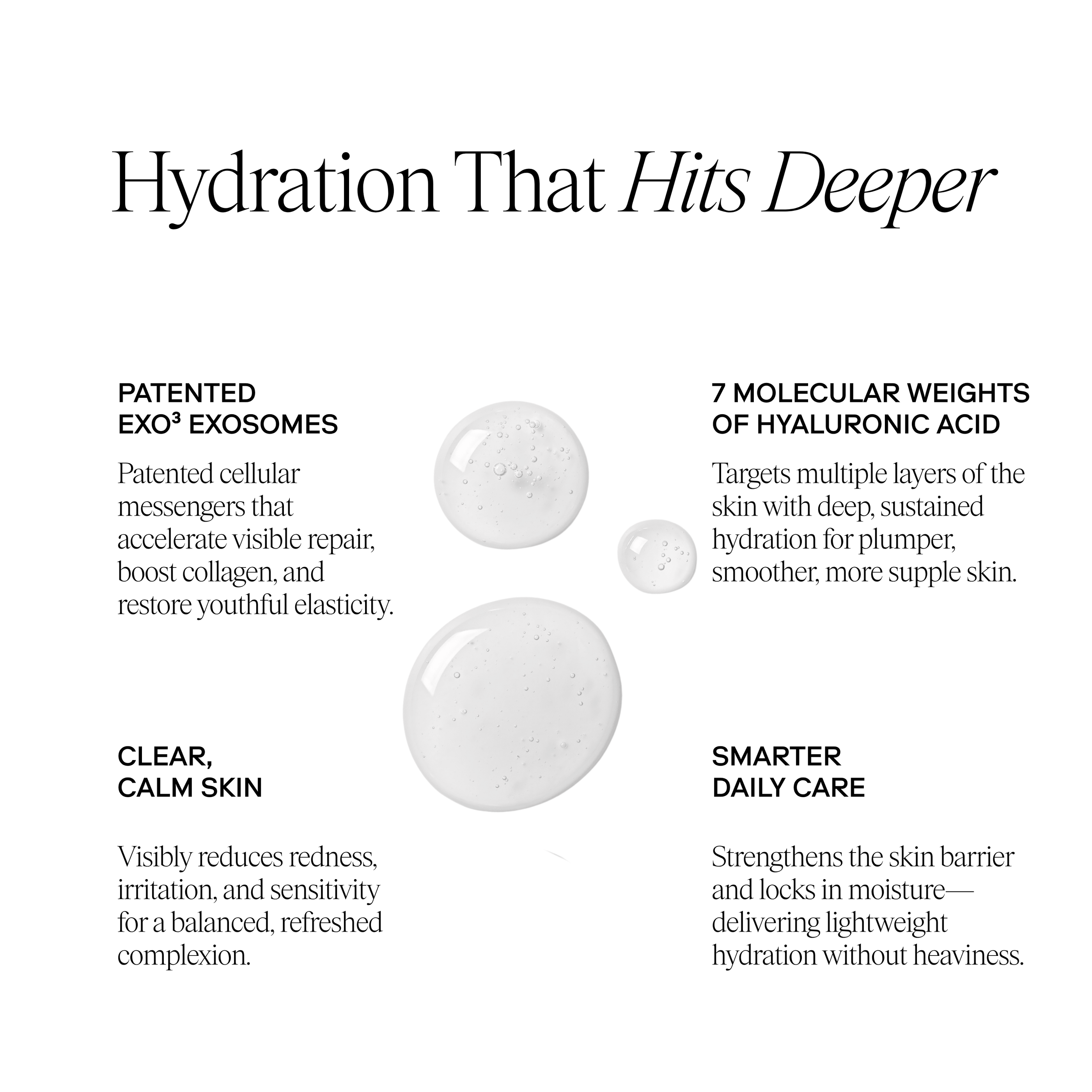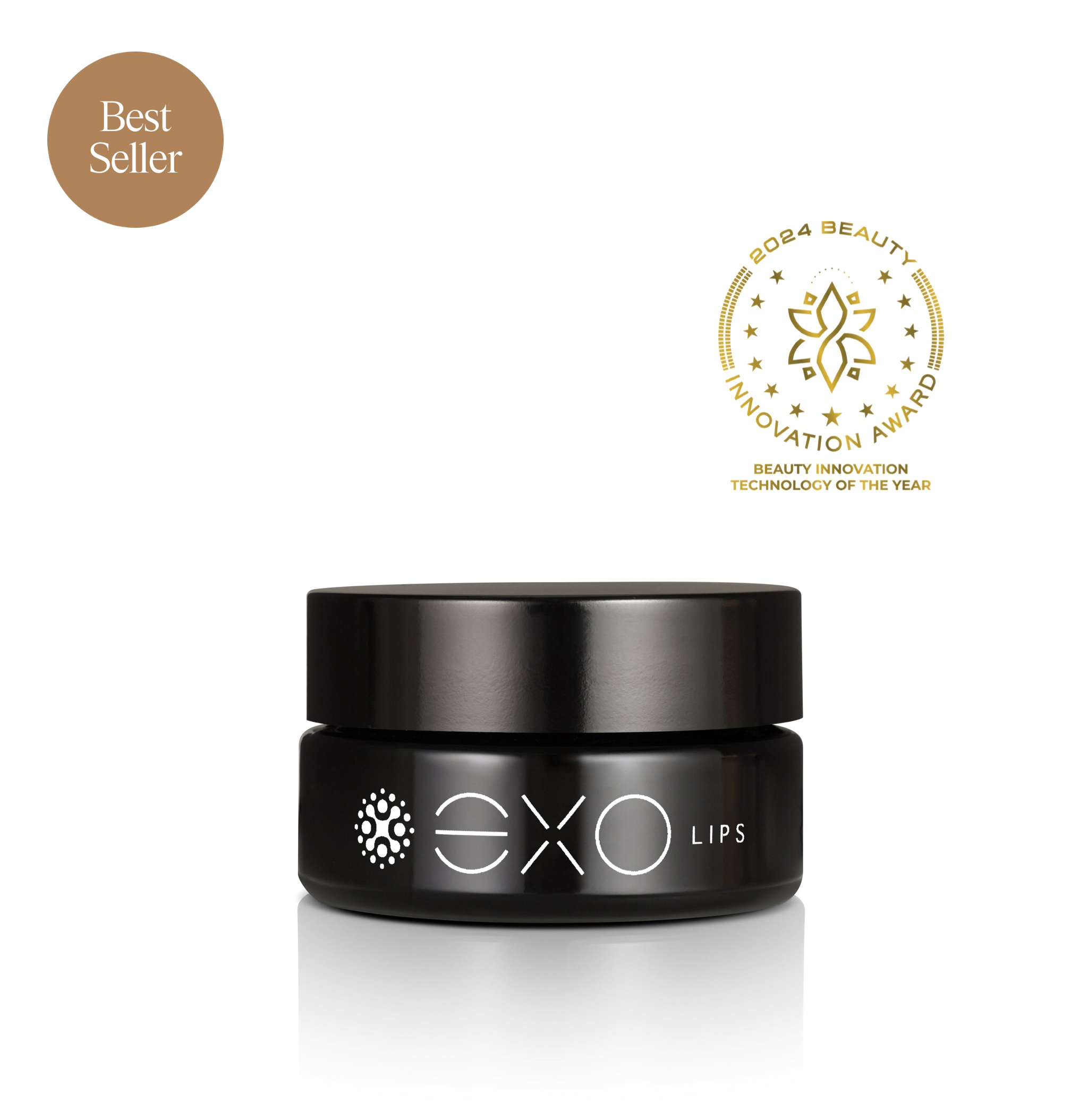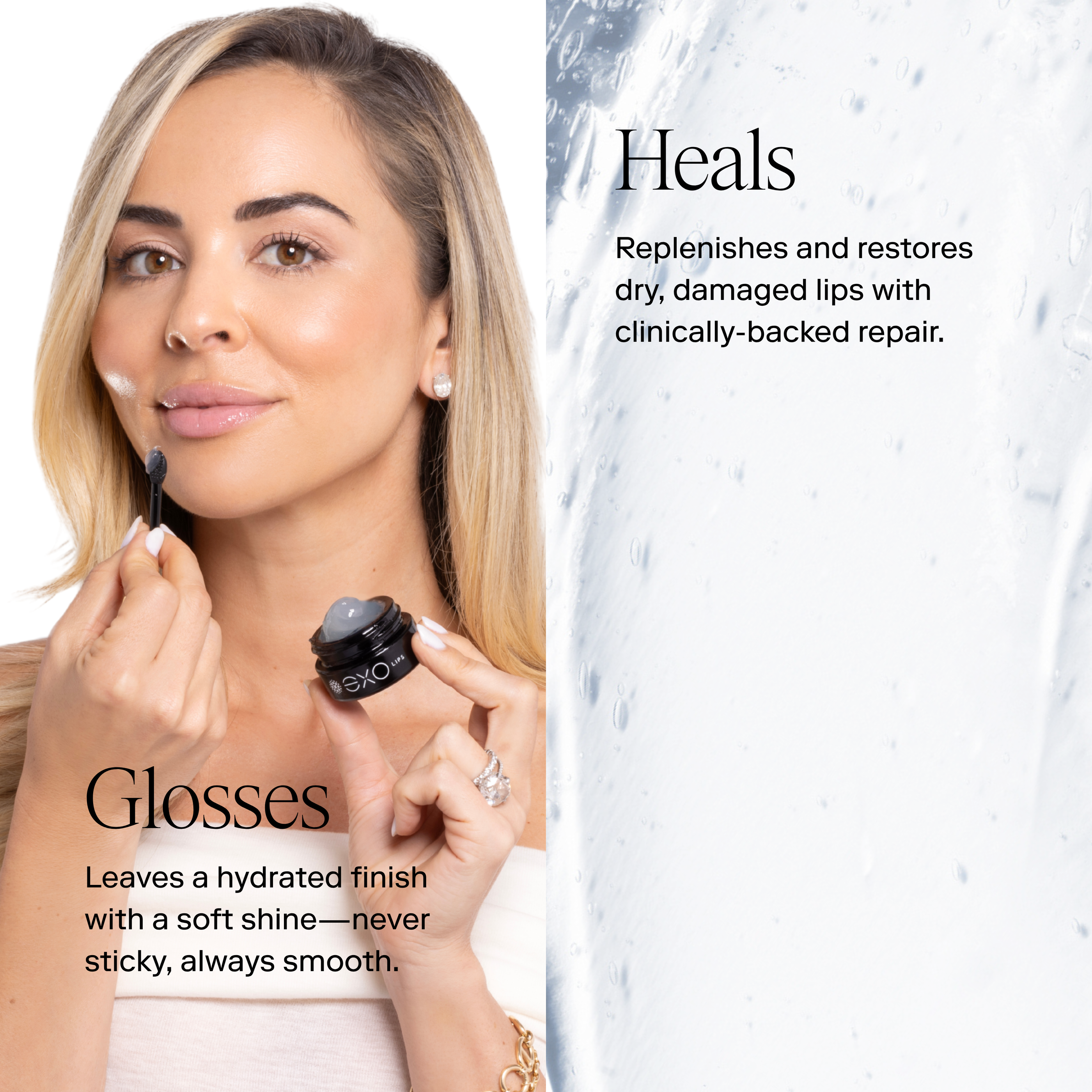Hormonal acne affects millions of individuals worldwide, manifesting as recurring breakouts that often coincide with hormonal fluctuations. Understanding this common yet complex skin condition is crucial for developing an effective management strategy that addresses both its immediate symptoms and underlying causes.
What is Hormonal Acne?
Hormonal acne is a distinct form of acne vulgaris that is primarily influenced by hormonal changes in the body. Unlike typical teenage acne, hormonal acne commonly appears in adults, particularly women, and tends to follow a predictable pattern aligned with hormonal cycles. These breakouts typically manifest as deep, painful cysts along the jawline, chin, and lower cheeks, though they can appear in other areas as well.
The Science Behind Hormonal Breakouts
At its core, hormonal acne develops when fluctuations in hormone levels, particularly androgens, trigger increased sebum production in the skin's oil glands. This excess oil combines with dead skin cells and bacteria, leading to clogged pores and inflammation. The monthly hormonal cycles in women can exacerbate this process, explaining why breakouts often occur predictably around specific times of the month.
The relationship between hormones and skin health is complex, involving various factors such as:
- Androgen fluctuations, which directly affect sebum production
- Cortisol levels, which can increase during stress and impact skin health
- Insulin sensitivity, which can influence hormone balance and inflammation
- Thyroid function, which plays a role in overall skin health
Common Triggers and Contributing Factors
Menstrual Cycle Changes
Hormonal fluctuations during different phases of the menstrual cycle can significantly impact skin condition. Many individuals experience breakouts approximately 7-10 days before menstruation begins, when progesterone levels are at their highest.
Stress and Lifestyle Factors
Chronic stress can disrupt hormonal balance and trigger inflammation throughout the body, including the skin. Poor sleep quality, inadequate hydration, and certain dietary choices can also exacerbate hormonal acne.
Environmental Influences
External factors such as humidity, pollution, and exposure to certain chemicals can interact with hormonal factors to worsen acne symptoms. Understanding these environmental triggers is crucial for developing a comprehensive management strategy.
Developing an Effective Management Strategy
Skincare Routine Optimization
A consistent, gentle skincare routine is fundamental to managing hormonal acne. An effective routine should start with a gentle, non-comedogenic cleanser that removes excess oil while preserving the skin's natural barrier. This should be followed by an oil-free moisturizer that helps maintain proper skin barrier function. For targeted treatment, incorporate products containing active ingredients such as salicylic acid, benzoyl peroxide, or niacinamide, which can help address specific acne concerns. Regular but gentle exfoliation is also important, using appropriate products that help prevent pore blockage without causing irritation.

Lifestyle Modifications
Several key lifestyle changes can have a significant impact on managing hormonal acne. Following a balanced diet rich in anti-inflammatory foods provides essential nutrients that support skin health. Regular exercise is crucial as it helps promote healthy hormone levels throughout the body. Additionally, incorporating stress management techniques such as meditation or yoga can help regulate hormonal fluctuations that contribute to breakouts. Ensuring adequate sleep and maintaining proper hydration are also essential components of a comprehensive acne management strategy.
Professional Treatment Options
Topical Prescriptions
Prescription-strength topical treatments may include retinoids, antibiotics, or combination products specifically formulated to address hormonal acne. These medications work by targeting multiple aspects of acne formation, including excess oil production, inflammation, and bacterial growth.
Systemic Treatments
In some cases, oral medications may be necessary to achieve optimal results. These might include hormonal treatments such as birth control pills or anti-androgen medications, which work by regulating hormone levels throughout the body.
Prevention and Long-term Management
Preventing hormonal acne breakouts requires ongoing attention to skincare and lifestyle factors. A comprehensive prevention strategy begins with maintaining a consistent skincare routine that adapts to your skin's changing needs. Regular monitoring of triggers and patterns helps identify potential issues before they become severe, while implementing proactive treatments during known high-risk periods can minimize breakout intensity. Working consistently with skincare professionals ensures your prevention strategy remains effective and up-to-date with the latest recommendations.
When to Seek Professional Help
While many cases of hormonal acne can be managed with over-the-counter products and lifestyle modifications, certain situations warrant professional intervention. Professional help becomes essential when breakouts are severe enough to cause scarring or when over-the-counter treatments fail to provide adequate relief. Additionally, if acne begins to significantly impact your quality of life or if your symptoms suggest underlying hormonal imbalances, consulting a dermatologist is strongly recommended. These healthcare professionals can provide specialized treatments and insights that may not be available through self-care alone.
Conclusion
Hormonal acne is a complex condition that requires patience, consistency, and a comprehensive approach to management. By understanding the underlying causes and implementing appropriate skincare routines and lifestyle modifications, most individuals can achieve significant improvement in their skin health. Remember that results take time, and what works for one person may not work for another – the key is finding the right combination of treatments and strategies for your individual needs.

